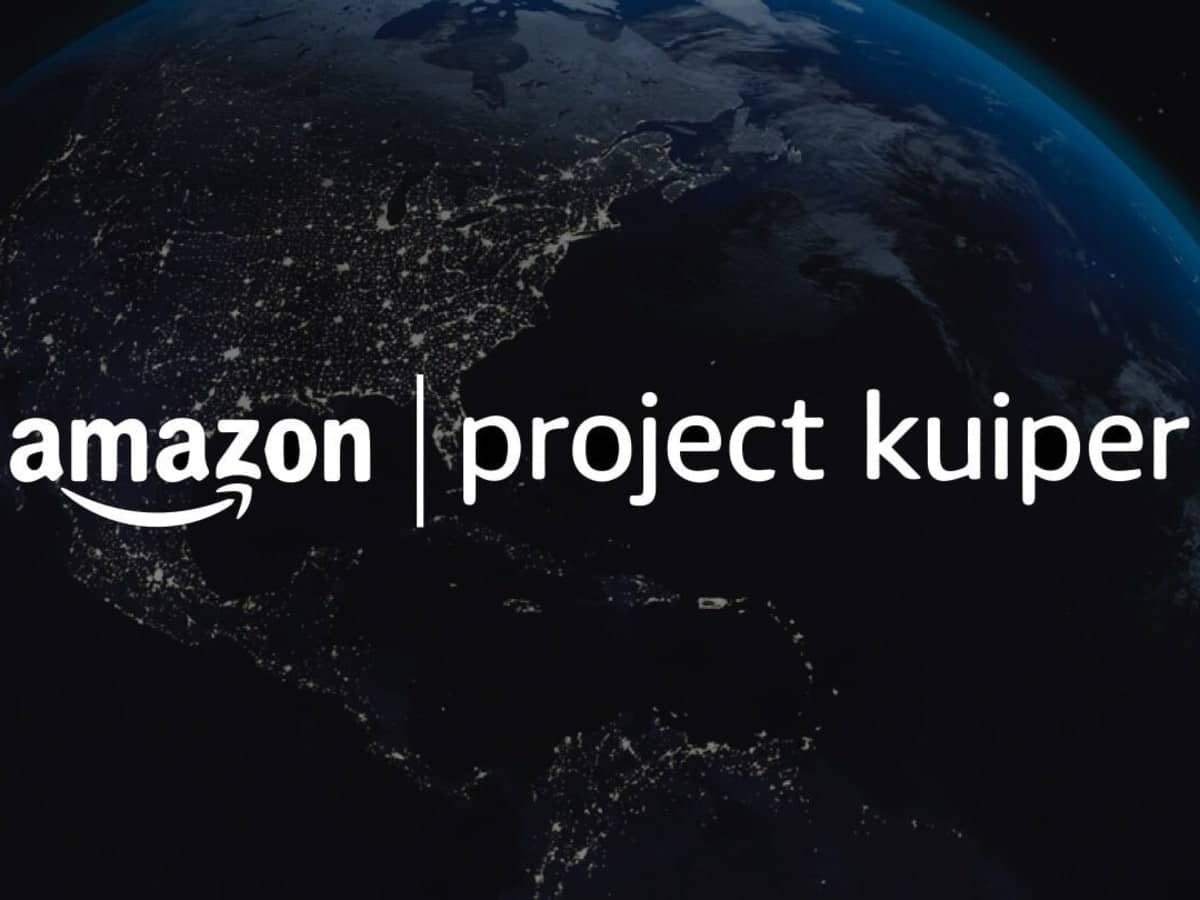Amazon has been counting down for the Kuiper project of the satellite internet network he has been working on for years. The first operational launch will be held on 9 April 2025. The rocket will be removed from the Cape Monster on Florida and will carry 27 Kuiper satellites. The task will be held with the Atlas V rocket developed by United Launch Alliance.
This first launch is seen as the most important threshold in the transition of the Kuiper project to the commercial dimension. Satellites will return to 27,000 kilometers per hour about 630 kilometers above the world surface. Each of them will tour the planet around 90 minutes. When the whole system is fully activated, it is aimed to offer internet to every point of the planet.
He will rival Starlink with Amazon Kuiper
With this project, Amazon is a direct rival to Elon Musk’s current Starlink network. The network, which is planned to reach a total of 3,200 satellites, will be transported by Ariaspace, Blue Origin and even SpaceX. Amazon’s rival SpaceX will also carry satellites in some tasks. With these collaborations, a flexible launch calendar has been created with different providers.
The antennas that the satellites will use to communicate will work integrated with user equipment on the ground surface. Small antennas of seven -inch are up to 100 Mbps. With larger antennas, this speed will be up to 1 GBPS level. Terminal prices will be kept below $ 400.
Although Starlink is already advantageous with more than 7,000 satellites, Kuiper is preparing to make a difference with its technical infrastructure. Special laser connection systems used by Amazon will make data transfer 30 percent faster than the black fiber optic infrastructure. Thus, not only remote areas, but also infrastructures that need high -speed connection will be targeted. Especially in services that require low delay time, the effect of this system will be seen more clearly.
In October last year, Amazon threw two test satellites and tried early systems. During these tests, data transmission was provided up to 100 Gigabit per second. In December, laser -based connections for in -system data exchange were commissioned. These developments revealed that the project has achieved significant success in the engineering phase.
The launch on April 9 also has a different meaning for the Atlas V rocket. This task will be the heaviest burden to be carried with this rocket so far. The rocket was configured with a five times fuel engine and a special wide load carrier module. The task will also testing new boundaries in terms of rocket engineering.
Despite everything, the task will not proceed with zero risk. Kuiper’s Vice President Rajeev Badyal stressed that the flight will be made for the first time with the final satellite design. Sending 27 satellites to orbit at the same time is a step that has not been tried before. Therefore, it is inevitable to obtain new learning during the task.
With this first task, Amazon plans to launch dozens of similar in the following years. It will take a few years for the network to reach full capacity. However, the main objective is to use the service in certain regions before the end of 2025. If this goal is achieved, satellite internet competition worldwide will seriously escalate.
Source link: https://www.teknoblog.com/amazon-kuiper-uydulari-firlatma-nisan-2025/


